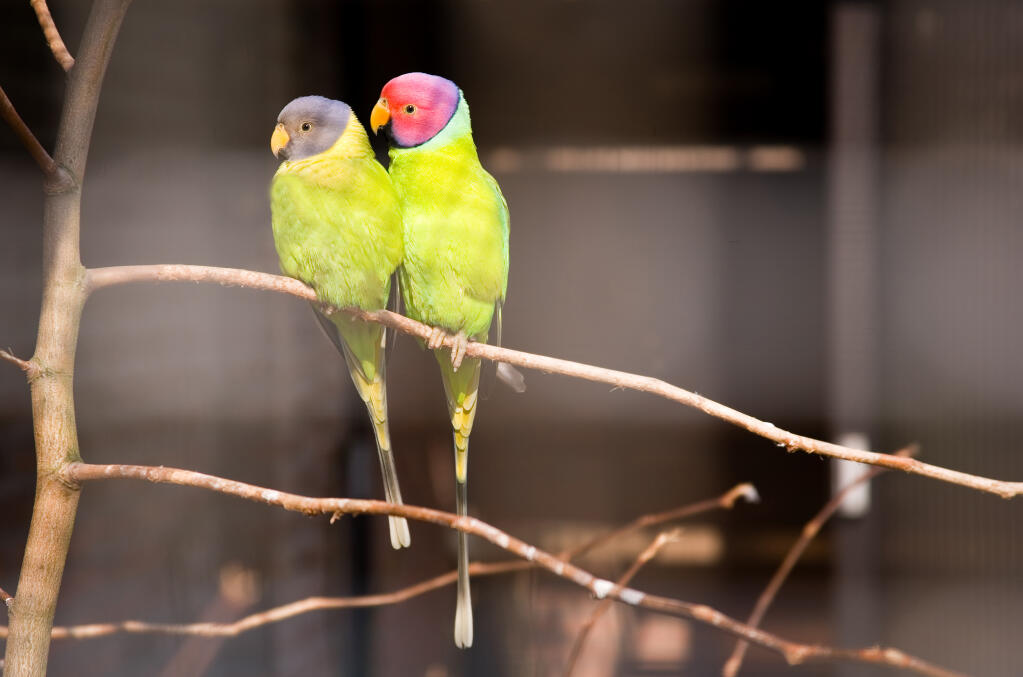

They lack the vibrant appearance of the males and are mostly olive green, with darker shades on the wings. The females are a different story altogether. The wings are darker, with mixes of teal and green, and small blue and yellow patches on the shoulder. The belly and the lower parts turn more towards yellow.

The chest is bright green, with turquoise mixes on the head. The lower back is bright green, while the upper back is red, giving them the name. Their body is mostly emerald green, or even teal, with various subtle gradients throughout. The flamboyant ones are the males, with a whirlwind of soft, pastel colors that form an incredible combination. One of the first things you’ll notice about these parrots is their incredible appearance, as well as the complete difference between the sexes. They become most vocal at dawn and dusk, or during feeding time and courting. Red Rumps are not skilled talkers or mimics, and they make up for this with their song.
#Red rumped parrot series
These consist of melodic chirps and series of tweets, both of which are considered pleasant. In other words, they have very balanced noise levels, which are mostly centered on their natural calls. Like most of the grass parakeets of this size, the Red Rumped Parrot is neither too noisy, nor totally quiet. This species displays extreme dimorphism, making males and females completely different.
#Red rumped parrot free
Keep in mind that a significant part of their length is the very long tail and that these parrots will be dependent on a lot of free space. The adults reach an average length of 11 inches (27 centimeters) and weigh just around 3 ounces (80 grams). In some of their traits, these parrots are even similar to Budgies. Still, they are unique in their own way, all the way from the combination of colors, to the small beak and a very long, tapered tail. This comes from their ability to easily adapt, and even when their natural habitat was threatened and destroyed, Red Rumped Parrot adapted and continued to thrive.Įven though they are the sole members of their species, these parrots share a few similarities to Mulga Parrot, Hooded Parrot, and a few of the Rosella breeds. Luckily, their numbers are on the increase. Their large numbers also make them a very common sight in urban areas, like gardens, parks, golf courses, and roadsides. Red Rumped Parrot thrives in a variety of habitats, most of which are grasslands, which gives them the nickname of Grass parrots. They are found in many regions, including southern Queensland, Victoria, the Lake Eyre basin, and the Murray-Darling Basin. These parrots are considered as a common bird of southeastern Australia.


 0 kommentar(er)
0 kommentar(er)
